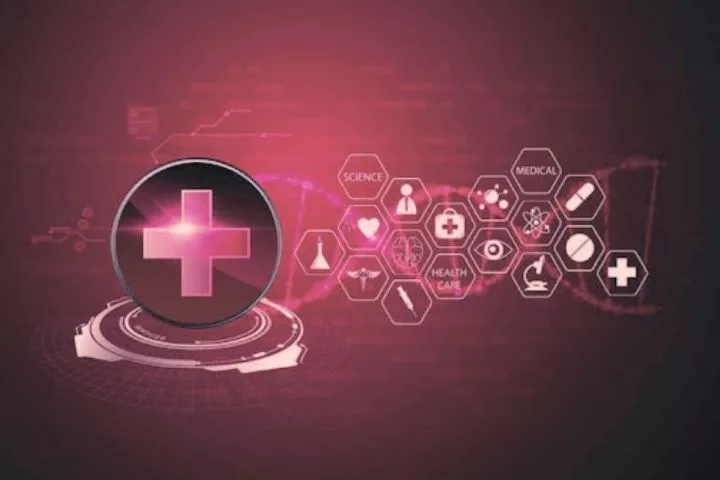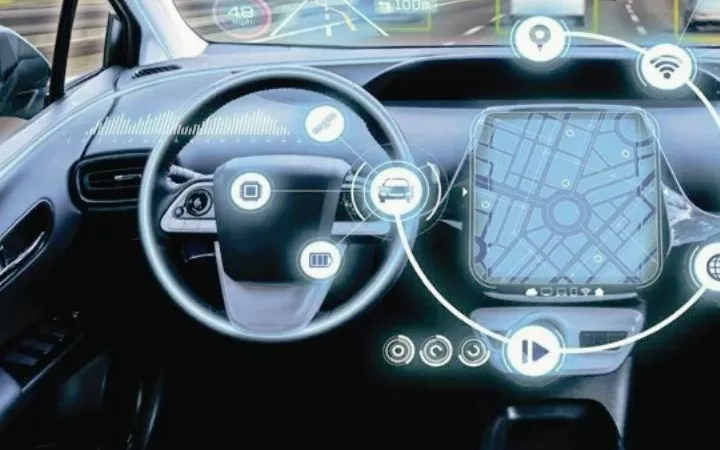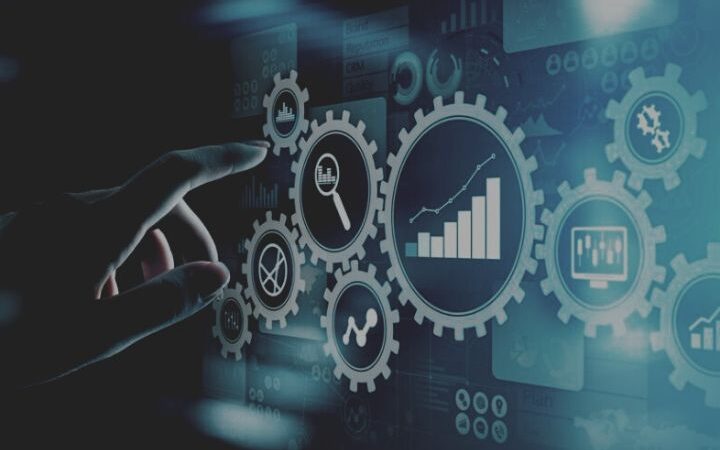Know About The Impact Of The Big Data For Medicine

The technology to use big data for medicine is there. But appropriate data need to be collected, and the medical perspective needs more weight. This article covers about the impact of the big data for medicine
What does medical informatics offer medicine?
Medical computer science has dramatically changed in recent years. For a long time, the coding of data for hospital information systems was the classic task of the subject.
Today it is much broader and will have much more to offer medicine: methodical work, big data, and data science fall into this area. However, from my point of view, an essential aspect is that we shouldn’t approach the matter too much from the technical side.
What works in the industry will not simply work in hospitals. If a tablet is one centimeter larger than the pocket on the doctor’s coat, the device remains on the desk, even if it offers valuable functions.
What does this mean for the further development of medical informatics?
Technology – and this also applies to IT – is only good if it is used. So we have to train doctors on technical topics and train mathematicians or statisticians and computer scientists on medical questions. What exactly is needed to use big data for medicine in the hospital or practice must be worked out together.
This has two effects: On the one hand, users are more willing to adopt new technology. On the other hand, it would be dangerous if technical experts alone analyze large amounts of data and draw medical conclusions from them.
In addition, we have to improve the technology: a should deliver understandable and reproducible results for the medical professional. Otherwise, there is no approval for a clinical decision support system to support the doctor. And reproducibility, in particular, is not easy to achieve with an AI, so many use big data for medicine.
What data does medical informatics need for its analyzes?
Even if the term big data suggests that it’s not just about the amount, essential data on a few parameters are of interest for medical analysis, and they must be recorded continuously. Blood pressure and heart rate are good examples of this.
Does such data already exist?
A lot of data is collected today but in very different forms. In the operating room, every detail is recorded over a long period. The station may measure manually once an hour. That doesn’t convey a consistent picture.
Once the patient is discharged from the hospital, little information is available about their condition. And even if the patient himself collects data via a smartwatch, fitness tracker, or other wearables, doctors can view them, but not in the hospital information system transfer.
There are also no concrete data pools from the past that we could quickly analyze with algorithms today: medical professionals are only allowed to collect data that is necessary for a specific treatment. For the analyses that we want to do in the future, the patient must consent to the storage and use of his data in advance.
What role could medical devices play in collecting the data?
We need medical devices that continuously collect and store relevant data. This is technically possible today. But some devices only save an average value every five minutes instead of the original data. That is not enough in the long run.
Open interfaces are essential: if we want to process large amounts of data, all devices must be compatible with one another and connected to the hospital’s information system. Manufacturer-specific isolated solutions are of no use to us. If all devices are consistent, however, the industry could benefit and contribute to new solutions.
And what role does the digitization of hospitals play?
To record and store data, a hospital must be digitally equipped. The level of maturity is assessed by the Electronic Medical Report Adoption Model, or Amram for short, developed by Homes Analytics.
It uses a scale from 1 to 7. Level 1 corresponds to rudimentary digitization. Level 7 stands for a paperless hospital. Germany currently has not a single house on level 7 and one on level 6. Europe as a whole is in the lower middle.
On the other hand, following rapid developments in recent years, the USA is in the lead with 2,000 hospitals on level 6 and 150 on level 7. China is not yet close. These 43 hospitals are classified in levels six and six at the highest level.
Where do these differences come from?
Such developments often depend on political decisions: The Turkish government, for example, has set clear guidelines for digitization when building new hospitals. Therefore, the country already has some facilities in levels 6 and 7.
China works on digital health topics and uses big data. Does that give the country a considerable head start?
Intensive work is being done in China, and there are also partnerships with German institutions. But I don’t see a considerable lead. For us here in Europe, I would rather see Denmark as a role model. What has been implemented there so far has not revolutionized the health system. But the data helps a lot when questions arise.
Does a particular treatment work as well in a hospital as it does in a doctor’s office? The Danish data provide the answers. And they also fit in with clinical reality because patients have previous illnesses, several illnesses, or are of different ages. In classic studies, the patient group is defined very narrowly to make a statement about a treatment. But in everyday life, data from real life is more likely to help.
What can medicine learn from China in terms of big data?
Using China as an example, we find it interesting how technology is used there. We have popular apps, but none that almost everyone uses. It’s different in China. And if everyone uses the same app, it creates a structure that can be built on when a health module is integrated.
How valuable are big data analyzes on a global level?
We can only meaningfully analyze medical data if it comes from a comparable health system. I can easily imagine exchanging data within Europe. But information about patients’ length of stay in intensive care units from the USA or China is of little help to me. The system is different, so the relationships are different too.
Which legal regulations define the framework in which analyzes of medical data are permitted?
The General Data Protection Regulation, the GDPR, specifies how data may be stored and collected. The medical data we are talking about are in hospitals. How they deal with it differs from state to state. So if we want to analyze something on a larger scale and use the possibilities of medical informatics, politicians have to create new regulations that enable the national or Europe-wide data exchange. For this, we need legal certainty.
What are the advantages of big data analyzes for the individual patient?
We are on the way to precision medicine, to the individual adaptation of therapies. For this purpose, data collections are needed, both on the person and on the population. This goes beyond blood pressure and heart rate and includes protein analyses – proteomics – or information on the genetic makeup – genomics—the large amounts of data to analyze work quite well technically. We still have to take the next step: transferring the results to medical applications.
This can mean, for example, that we use new vital figures to evaluate treatment results. If the patient is discharged from the hospital quickly today after a significant operation and survives his illness for a long time, that is considered a success. But we should be able to take a closer look at how he is doing in detail.
If he no longer dares to leave the house after an early discharge or develops depression, the treatment could be optimized. In the long term, the data analyzes will lead to us responding better to the patient.
Digitized hospitals and open standards
The overview from Himss Analytics provides an assessment of how far the digitization of hospitals has progressed. The company has specialized in information technology, research, and standards and addresses the healthcare sector and medical technology.
The Healthcare Information and Management Systems Society (Himss), of which Himss Analytics is a part, has the Electronic Medical Report Adoption Model (Amram)defined, further developed, and audited. Hospitals can use it to have their digitization assessed according to seven levels.
The current status is shown online on a map. According to this, at the time of going to press in March, for example, there was a hospital on level 7 in Australia, and in Saudi Arabia, there were four houses on the highest level.






